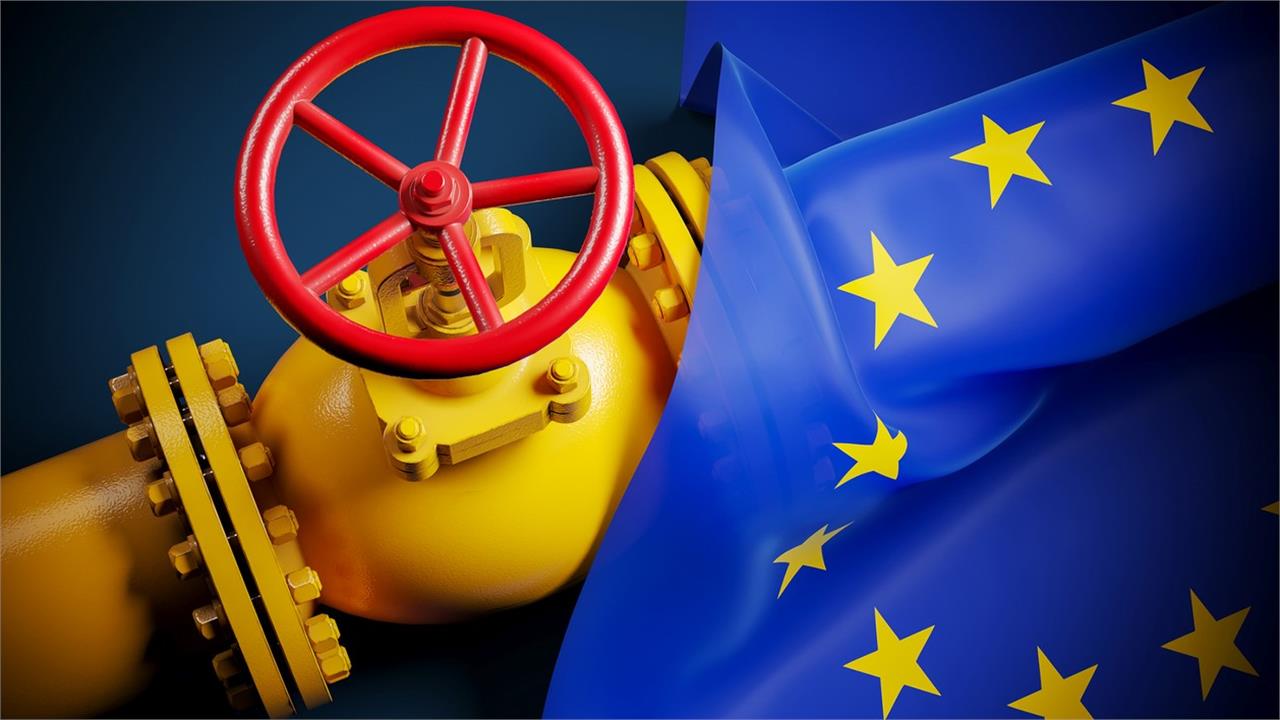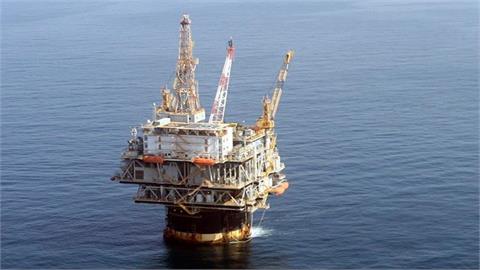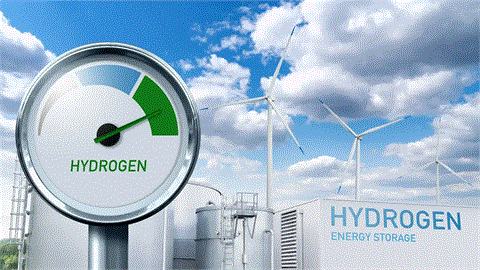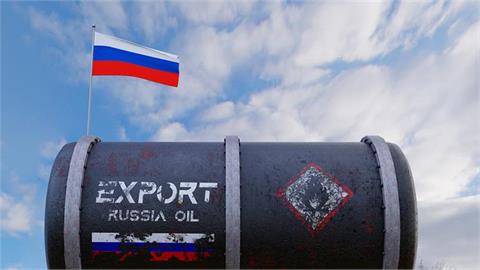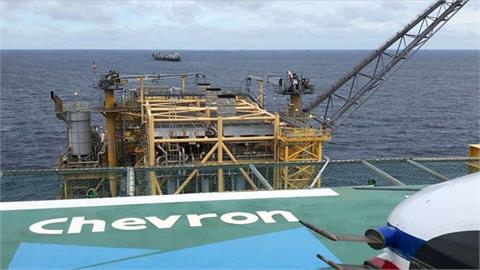As European gas prices, since the start of February, have been trading at their highest in more than two years, in part because of low temperatures and a lack of wind and overcast skies that has hampered electricity production from renewables, there has been wide anxiety at government and industry level. Many analysts are now wondering if we are heading for another energy crisis. At the same time, it became known, that the European Commission is weighing new powers to temporarily cap EU gas prices in order to prevent rises in electricity tariffs and hence shield consumers from rising costs.
According to well-informed sources, Brussels is considering a cap as part of discussions about a “clean industrial deal” policy document to be presented next month. The strategy paper will outline ways to shore up the EU’s heavy industries as businesses grapple with multiple challenges including US President Donald Trump’s aggressive trade measures and the EU’s own ambitious green transition. A transition which is being increasingly questioned by governments and consumers alike because of the high costs it entails and is affecting prices over a wide spectrum of product and services.
Talks concerning mechanisms to cap prices, though still at an early stage, have drawn a backlash from industry groups which warn against damaging “trust” and market rules in the European market. Eleven groups including Europex, the association of European energy exchanges, and AFME, the financial markets lobby group, sent a letter to commission president Ursula von der Leyen on Tuesday. According to the Financial Times, the letter said: “We believe this measure, if announced, could have far-reaching negative consequences for the stability of European energy markets and the security of supply across the continent.”
A gas price cap would “harm the trust” in Europe’s benchmark Title Transfer Facility (TTF), the main centre for trading and settling the price of gas, the letter added. It would also “prompt the global gas community to shift towards other, unrestrained and therefore more representative reference prices, which are primarily located outside of the EU”.
The EU first proposed a similar cap in 2022, at the height of the bloc’s energy crisis that followed Russia’s steady squeeze on gas supplies to its European neighbours following the full-scale invasion of Ukraine. The cap was never enacted, as prices remained well below the €180 per megawatt-hour benchmark. Building on that experience, former European Central Bank president Mario Draghi last year called for the commission to have powers to bring in “dynamic caps” for situations when the EU gas price diverges from global energy prices. EU officials said the plans would also include measures to prevent traders pushing up gas prices in the summer as European countries stock up on the fuel ahead of the next winter.
As EU boffins in Brussels are agonising over anticipated gas price rises and how to check them, it would be well worth carrying out an in-depth examination to find out what has gone wrong in European energy markets, where the cost of gas is roughly four times higher than the USA. They will soon realise that the big problem in Europe is related to supply and the continuously declining indigenous gas production which last year barely covered 10% of the continent’s needs.
Instead of fantasising with ways and means of controlling prices, which is absurd in an open free market economy which is the single market, Eurocrats, much to their green chagrin, should instead focus on how to provide incentives to EU member countries to explore for hydrocarbon resources and produce more local gas. Only if the EU becomes capable of producing a substantial part of its gas needs within its confines, will it stand a chance of seeing lower prices.
This comment has been contributed by Costis Stambolis, Chairman & Executive Director, IENE
